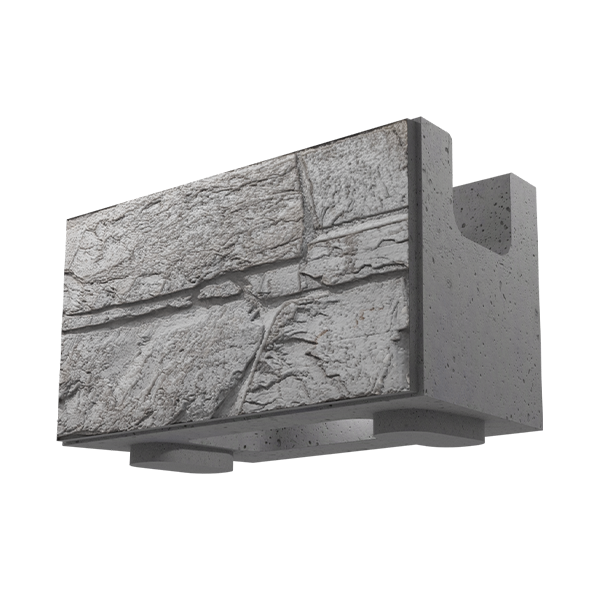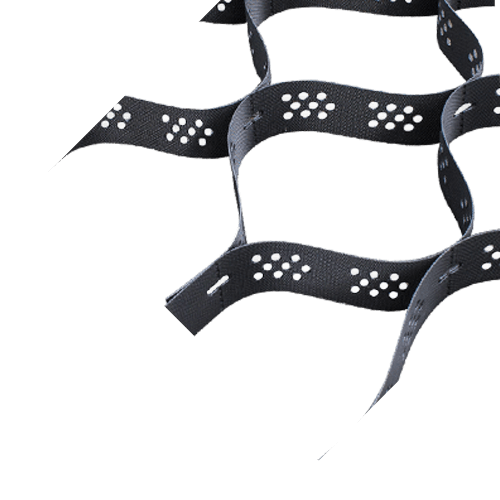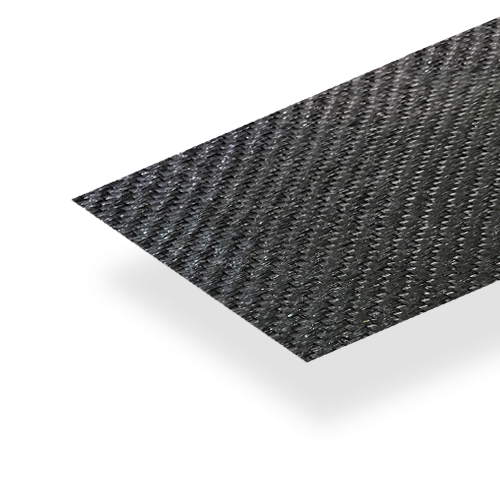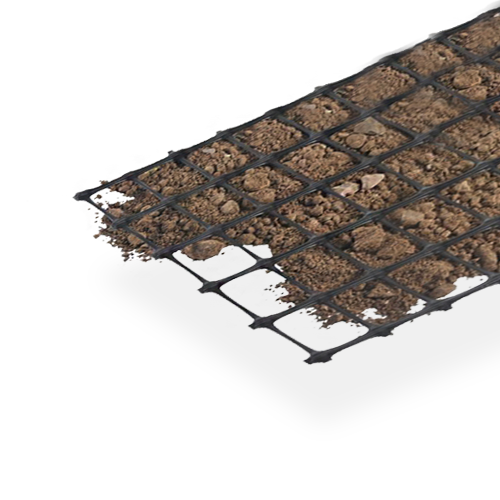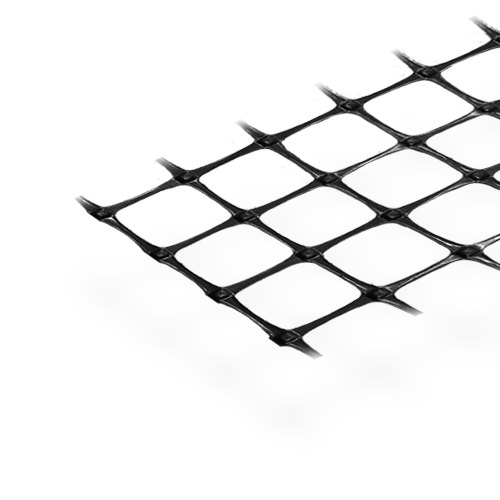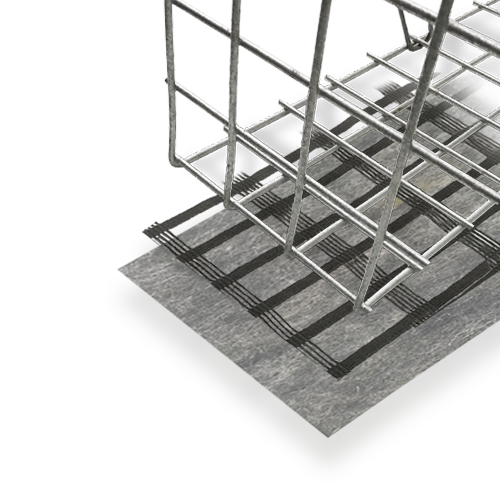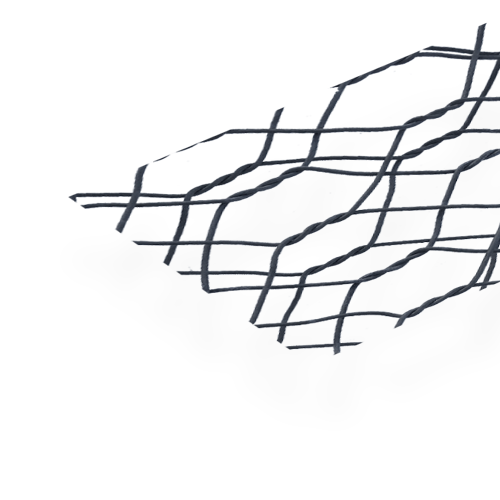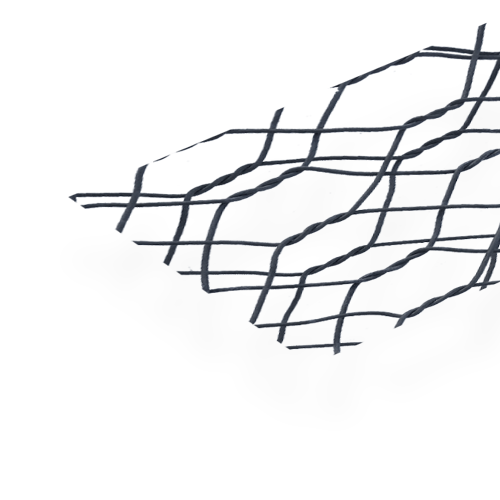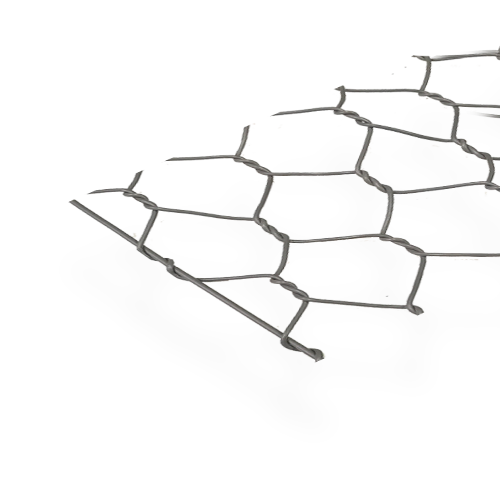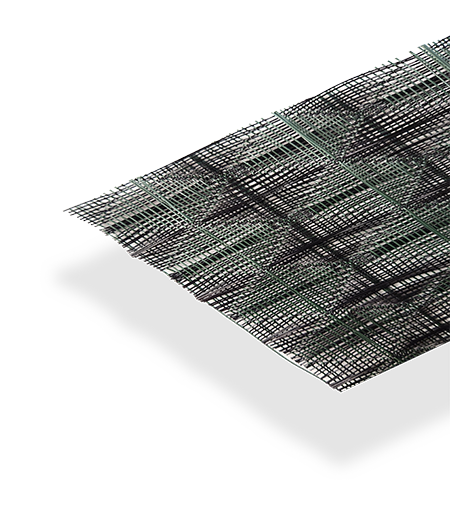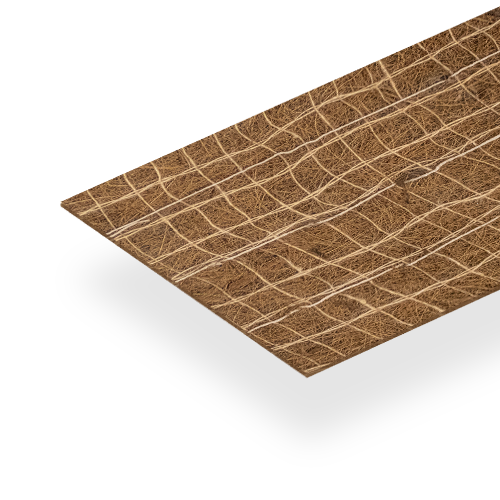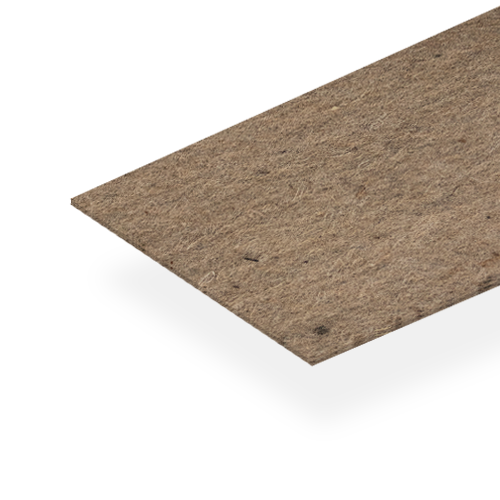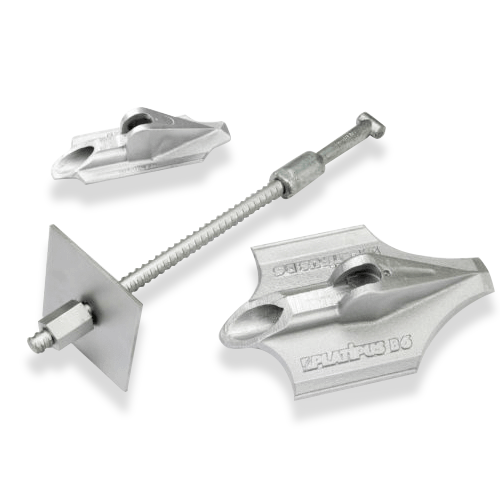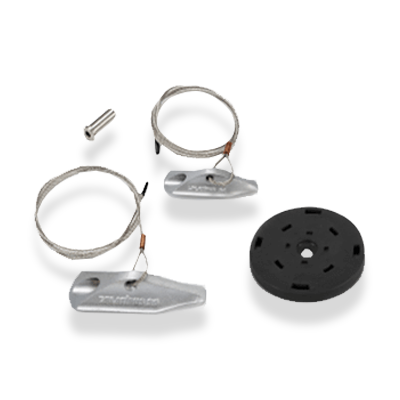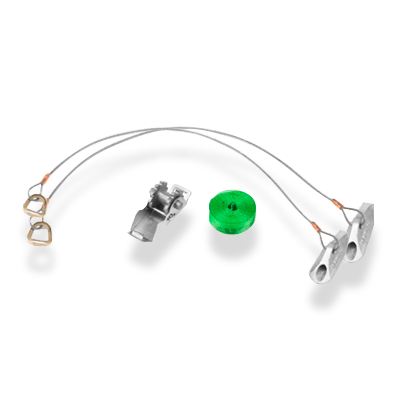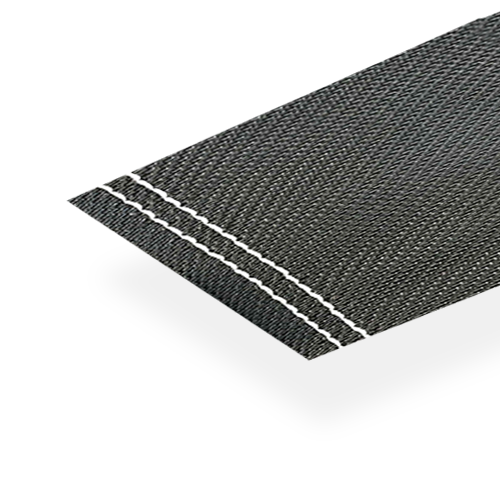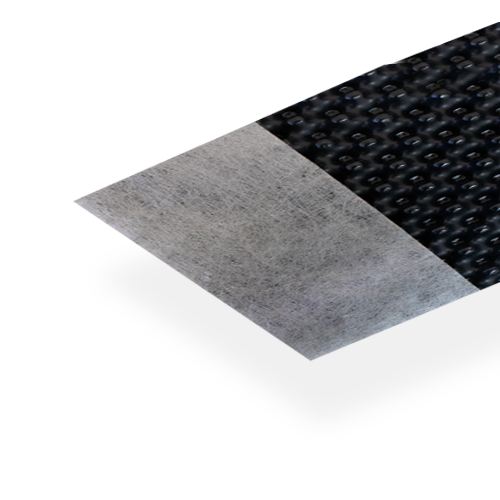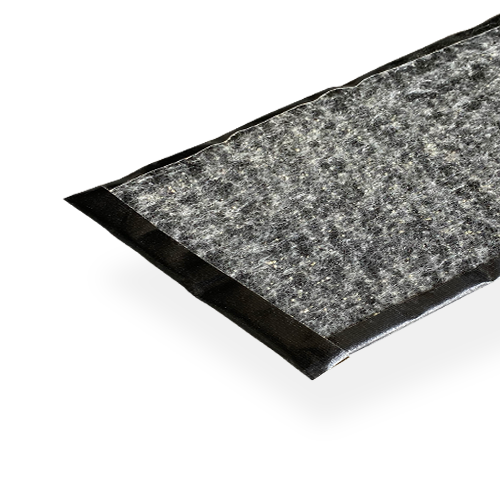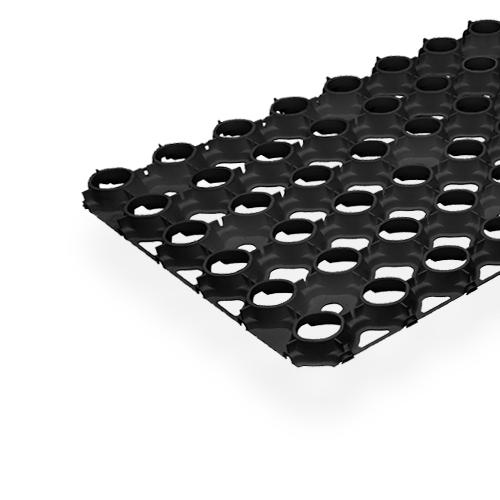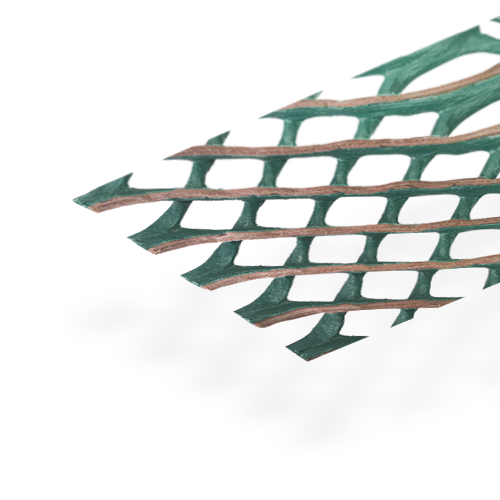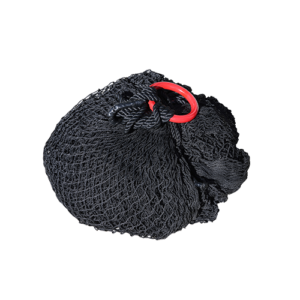- Menu
Featured Case Study
The Orchard Residential Development
MagnumStone™ for Retaining Walls.
- ProductsFeatured ProductsGeotextilesGeogridsReinforced Soil SystemsBlock Retaining SystemsGabionsTurf MattingGround CoversEarth AnchoringDewatering & DrainageDrainage CompositesImpermeable LinersPermeable PavingGeocellsRock Bags
- Contact Us
Platipus earth anchors for utility poles, pylons and towers
Facebook
LinkedIn
Twitter
WhatsApp
Why is there a need for earth anchoring? And what are the best solutions for the many types of utility structures?
Towers, poles and pylons for utilities by their very nature and application are usually exposed to the elements in a way that a lot of other supporting structures are not. They are quite often positioned in remote locations with difficult access and raised well above the ground. Additionally, they often need to be placed well away from buildings which may provide any shielding effect from extreme wind loadings.
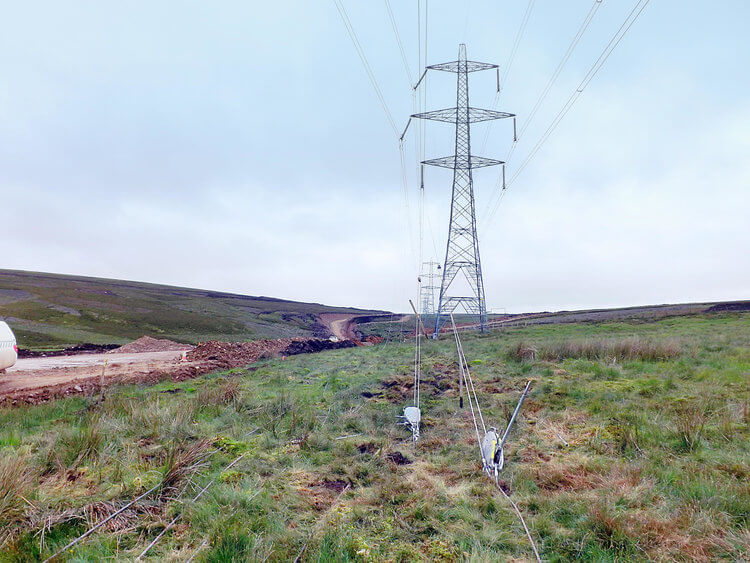
These features mean that telephone and power poles, satellite dishes, pylons, towers and power crossings are in need of an earth anchoring solution to resist wind loads and are found in locations that are not easily accessible by construction crews and equipment. Recent storm events in South Australia saw large population centres being left without power for extended periods of time when high voltage pylons failed in a storm event. A solution to this type of event and problem is to provide temporary and permanent anchoring systems that can easily be deployed on a proactive or reactive type basis.
Key benefits of using driven earth anchors
The key benefit of a percussion driven earth anchor is the versatility and ease of installation. They can be rapidly deployed to remote areas, installed with small portable plant or equipment and set and loaded immediately to the required design loads. There is a high level of certainty of using this type of system as every anchor system is load tested and verified immediately after it is driven and an accurate load log kept for quality control and monitoring purposes. Additionally, the Platipus anchoring system is often the most economical and ‘buildable’ solution to implement, particularly for remote area applications.
Another factor to highlight is that when anchoring into the ground the installation process can excessively disturb the in ground. It is a proven fact that the more the ground is disturbed the more the soil strength and anchor load are reduced. Some anchoring systems which screw into the ground rely on pulling against the very in situ ground that has been disturbed during installation.
Platipus earth anchoring systems are driven and a ‘dead man’ anchor initiated deep into the in situ soil, thus bearing and loading against undisturbed ground.
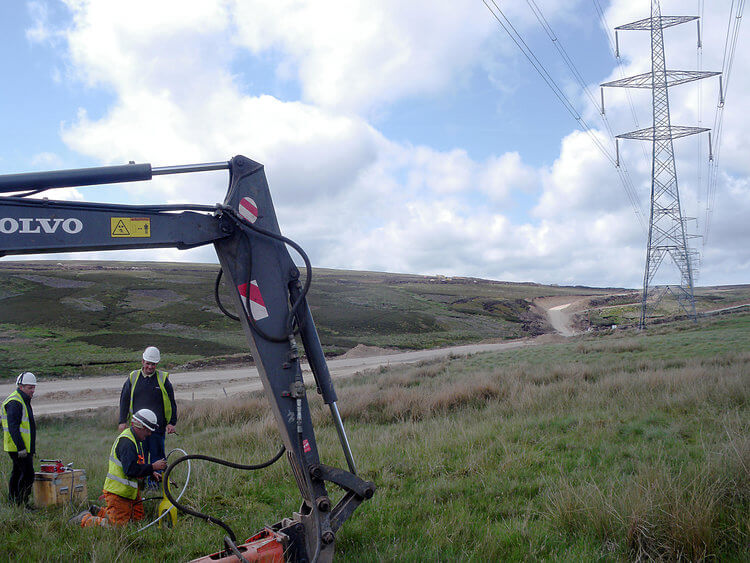
How the Platipus earth anchor system works
Platipus percussion anchors are driven from the surface through the undisturbed ground with a temporary drive rod, powered either by a small portable impact hammer or a breaker attachment to an excavator. Once the required depth has been reached, the temporary drive rod is withdrawn and the anchor is locked in the ground by tensioning and pulling on the anchor tendon. Check out the Platipus Brochure for more details of this process.
Anchor heads and tendons can be supplied in a range of materials for specific applications, with Galvanised SG Iron being the material of choice for most Utility applications. Design life expectancies of up to 120 years can be achieved with a Platipus anchor system. If soils information can be provided, Ultimate Loads for a Platipus anchor system can be estimated prior to installation by using the unique Platipus Load Calculator. Cirtex Australia can assist with this anchor selection process and the use of this unique anchor sizing calculator.
Contact Us if you are interested in a short 3-part video series on designing, and installing Platipus Anchor Systems.
What about compression loads?
Sometimes there is a requirement for foundations of Utility structures to provide both compression and tension loadings. The Platipus earth anchor system provides primarily tension loads from an anchor point. A frequent question is raised as to whether another solution should be used that provides both tension and compression loadings. This will need to be addressed on a case by case basis, however with tension tie down loading provided by Platipus Anchors, sometimes the compression loads can be provided by another means, such as a spread footing on the structure.
What are the limitations?
Platipus anchor systems are a smart solution but there are some applications where they are simply not suitable to solving the engineering problem. Making a decision whether to choose a Platipus solution for your project is largely governed by; a. the driveability into the in situ/foundation soil and b. meeting the design tension load requirements. If Platipus can meet both a. and b., then it is a potential solution!
Firstly, let’s look at the soil conditions, Platipus anchors are designed to be rapidly deployed in displaceable ground conditions. This makes them ideal for granular soils consisting of sands, gravels and silts, cohesive type clay soils and a mixture of these soil types. Small cobbles can also be effectively driven past with vibratory driven effort. However, the presence of lots of large rock boulders may preclude the use of the percussion driven system, as will the presence of rock that cannot be penetrated with the anchor head. In some cases of weathered rock which is on the borderline of driveability, a pilot hole can be predrilled into the anchor location to allow the Platipus system to be driven and installed.
Secondly, the Platipus earth anchor solution has been specifically designed and developed to be portable and installed with commonly available equipment and plant, unlike some other anchor systems which require specialised and expensive equipment to install. The Platipus anchor system can achieve Ultimate Loads of up to 200kN (20 tons) per anchor depending on anchor head size, soil type and overburden depth. Multiple anchors can be deployed at a single anchor point and will allow much higher holding-down loads to be achieved.
Platipus anchor systems have been extensively used around the world for the Utilities Sector for nearly 30 years. Bespoke Platipus anchor systems have been developed to include specialised and unique components and installation equipment that makes the system more user friendly for specific Utility applications. You can use this link to view a major installation in Glasgow.
Conclusion
Portable, dependable, economical and fast. If you are faced with the challenge of maintaining any form of communication or power transmission infrastructure, you need to add Platipus anchor systems to your engineering toolbox.
Whether it be for a new installation, or adding an additional Factor of Safety and certainty to an existing structure, this technology has been proved and tested and with over 30 years of knowledge and experience has proven to be incredibly adaptable and practical. If it can solve your holding down problem, invariably it is the most cost effective and buildable option to pursue!
Our team is passionate about providing our valued clients with professional, innovative and leading edge solutions backed up by an uncompromising focus on exceptional customer service. Find out how we can help with your project – Contact our team today.


